Home>Gardening & Outdoor>Landscaping Ideas>How Long To Water Grass With A Sprinkler
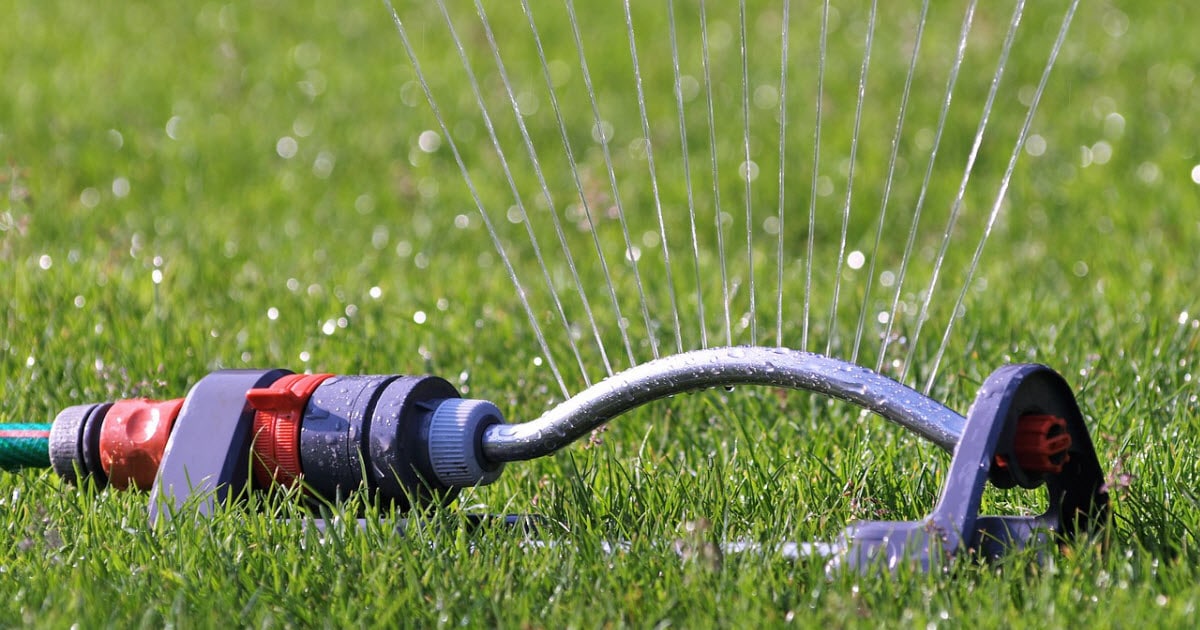

Landscaping Ideas
How Long To Water Grass With A Sprinkler
Modified: January 26, 2024
Learn the best landscaping ideas for watering grass with a sprinkler. Discover how long to water your lawn for optimal growth and health. Expert tips for efficient lawn care.
(Many of the links in this article redirect to a specific reviewed product. Your purchase of these products through affiliate links helps to generate commission for Storables.com, at no extra cost. Learn more)
Introduction
Watering your grass with a sprinkler may seem like a simple task, but determining the ideal duration can be more complex than it appears. Achieving a lush, vibrant lawn requires a strategic approach to watering, and understanding the factors that influence the watering time is crucial for success. In this comprehensive guide, we will explore the various elements that affect the duration of sprinkler irrigation, provide insights into determining the optimal watering time, and offer best practices to ensure your grass receives the hydration it needs to thrive.
Proper watering is essential for the health and vitality of your lawn. Overwatering can lead to shallow root systems, fungal diseases, and water wastage, while underwatering can result in dry, patchy areas and stressed grass. By mastering the art of watering your grass with a sprinkler, you can promote deep root growth, drought resistance, and overall resilience in your lawn.
Join us as we delve into the intricacies of watering grass with a sprinkler, empowering you with the knowledge and techniques to nurture a verdant and resilient lawn. Let's embark on this journey to discover the optimal watering duration for your grass and cultivate a landscape that flourishes with vibrancy and lushness.
Key Takeaways:
- Mastering the art of watering your grass with a sprinkler involves understanding factors like grass type, soil, and weather. By following best practices, you can nurture a healthy, vibrant lawn while conserving water resources.
- Determining the ideal watering duration for your grass with a sprinkler involves assessing grass and soil, conducting water penetration tests, and adjusting based on weather conditions. By following a systematic approach, you can ensure your lawn receives the precise hydration it needs to thrive.
Read more: How Long To Water Your Grass
Factors Affecting Watering Time
Several factors play a pivotal role in determining the ideal watering duration for your grass when using a sprinkler system. Understanding these factors is essential for tailoring your watering regimen to meet the specific needs of your lawn. Let’s explore the key elements that influence watering time:
- Grass Type: Different grass species have varying water requirements. For instance, cool-season grasses such as Kentucky bluegrass and fescue typically need more frequent watering but for shorter durations, while warm-season grasses like Bermuda grass and Zoysia may require less frequent watering but for longer durations.
- Soil Type: The composition of your soil significantly impacts its water retention and drainage capabilities. Sandy soils drain water more quickly and may necessitate shorter, more frequent watering sessions, whereas clay soils retain moisture for longer periods, often requiring less frequent but longer watering durations.
- Weather Conditions: Environmental factors such as temperature, humidity, and wind speed directly influence the rate of evaporation and the grass’s water uptake. During hot and dry weather, increased watering durations may be necessary to compensate for the elevated moisture loss.
- Watering Equipment: The type and efficiency of your sprinkler system can affect the distribution and coverage of water. Factors such as the sprinkler’s output rate, coverage area, and uniformity of water distribution should be considered when determining the appropriate watering time.
- Establishment Stage: Newly seeded or sodded lawns require careful attention to watering, typically needing shorter, more frequent watering to keep the soil consistently moist for optimal germination and establishment.
- Local Regulations: Some regions have specific watering restrictions or guidelines based on conservation efforts, seasonal conditions, or water source availability. Adhering to local regulations is crucial when determining the watering duration for your grass.
By recognizing and accounting for these influential factors, you can refine your approach to watering your grass with a sprinkler, ensuring that your lawn receives the precise amount of moisture it needs to thrive. In the next section, we will delve into the process of determining the watering duration based on these factors and provide actionable insights for achieving optimal results.
Determining the Watering Duration
Calculating the ideal watering duration for your grass with a sprinkler involves a thoughtful assessment of several key factors. By methodically considering these elements, you can tailor your watering schedule to meet the specific needs of your lawn, fostering healthy growth and resilience. Here’s a step-by-step approach to determining the optimal watering duration:
- Grass and Soil Assessment: Begin by identifying the grass species in your lawn and assessing the soil type. Understanding the water requirements of your specific grass type and the soil’s drainage characteristics provides a foundational understanding of your lawn’s hydration needs.
- Water Penetration Test: Conduct a simple water penetration test to gauge how quickly your soil absorbs water. Apply water with your sprinkler for a set duration, then use a shovel or soil probe to examine how deeply the water has infiltrated the soil. This test helps determine the appropriate watering duration to achieve adequate soil saturation.
- Observation of Runoff: While watering, observe the presence of runoff or pooling water on the surface. If runoff occurs before the intended watering duration is complete, it indicates that the soil is unable to absorb water at the current rate, necessitating shorter watering sessions to prevent wastage and promote effective absorption.
- Weather and Evapotranspiration: Consider the prevailing weather conditions and evapotranspiration rates to adjust your watering duration accordingly. During hot and dry periods, increasing the watering duration can compensate for the heightened moisture loss, while adjustments should be made during cooler and wetter conditions.
- Uniformity of Coverage: Assess the uniformity of water distribution across your lawn by examining areas that may receive less or excessive water from the sprinkler. Adjust the watering duration to ensure consistent coverage, addressing any areas that may require additional attention.
By incorporating these steps into your watering regimen, you can accurately determine the ideal duration for watering your grass with a sprinkler. This systematic approach empowers you to adapt to changing conditions, promote efficient water usage, and provide your lawn with the precise hydration it needs to thrive. In the following section, we will delve into best practices for watering your grass with a sprinkler, offering actionable tips to optimize your watering routine.
Water your grass with a sprinkler for about 30 minutes, 3 times a week. Adjust based on weather and soil type. Avoid overwatering to prevent root rot.
Best Practices for Watering Grass with a Sprinkler
Implementing best practices when watering your grass with a sprinkler is essential for nurturing a healthy and vibrant lawn while maximizing water efficiency. By incorporating these guidelines into your watering routine, you can optimize the effectiveness of your sprinkler irrigation, promote deep root growth, and mitigate potential issues associated with under or overwatering. Here are the best practices for watering grass with a sprinkler:
- Consistent Schedule: Establish a consistent watering schedule to provide your lawn with regular hydration while avoiding excessive moisture accumulation. Consistency promotes healthy root development and overall resilience in the grass.
- Early Morning Watering: Opt for early morning watering sessions to minimize water loss due to evaporation and ensure that the grass has ample time to dry before evening, reducing the risk of fungal diseases.
- Deep Watering: Encourage deep root growth by watering for longer durations, allowing the moisture to penetrate the soil and reach the root zone. Deep watering promotes stronger, more drought-resistant grass.
- Water Absorption: Schedule multiple shorter watering sessions with intervals to allow the soil to absorb the moisture effectively, especially for clay soils or areas prone to runoff.
- Adjustable Sprinkler Settings: Regularly assess and adjust the sprinkler settings to ensure optimal coverage and uniform water distribution across the entire lawn, addressing any dry spots or areas receiving excessive water.
- Monitoring and Adjustment: Continuously monitor the condition of your lawn and adjust the watering duration based on seasonal changes, weather patterns, and the grass’s growth stage to meet its evolving needs.
- Compliance with Regulations: Adhere to local watering regulations and restrictions, staying informed about any specific guidelines related to watering times, frequency, and conservation measures in your area.
- Watering New Seedlings: When establishing new seedlings or sod, ensure consistent moisture by watering more frequently for shorter durations to facilitate optimal germination and early growth.
By embracing these best practices, you can transform your approach to watering grass with a sprinkler, fostering a resilient and thriving lawn while conserving water resources. The strategic application of these guidelines empowers you to maintain a healthy, vibrant landscape that flourishes under your attentive care. As we conclude this guide, we invite you to apply these best practices and witness the transformative impact they can have on the health and beauty of your lawn.
Conclusion
Mastering the art of watering your grass with a sprinkler is a fundamental aspect of maintaining a lush, resilient lawn that enhances the beauty of your outdoor space. By delving into the factors that influence watering time, understanding the process of determining the optimal duration, and embracing best practices for sprinkler irrigation, you are equipped with the knowledge and techniques to elevate your lawn care regimen.
Recognizing the diverse water requirements of different grass types, the influence of soil composition, and the impact of weather conditions empowers you to tailor your watering approach to meet the specific needs of your lawn. The systematic assessment of water penetration, observation of runoff, and consideration of environmental factors enable you to determine the precise watering duration that promotes effective moisture absorption and healthy growth.
Embracing best practices such as establishing a consistent watering schedule, prioritizing early morning watering, and promoting deep root growth through strategic irrigation contributes to the overall health and resilience of your grass. By adhering to local regulations, monitoring your lawn’s condition, and adjusting your watering routine based on seasonal changes, you demonstrate a commitment to responsible water usage and sustainable lawn care practices.
As you implement these insights and best practices, you embark on a journey to cultivate a landscape that flourishes with vibrancy and vitality. Your attentive care and strategic approach to watering your grass with a sprinkler lay the foundation for a healthy, thriving lawn that serves as a testament to your dedication and expertise in lawn care.
With this comprehensive guide, you are poised to elevate your lawn care endeavors, nurturing a verdant and resilient landscape that becomes a source of pride and joy. Embrace the art of watering your grass with a sprinkler, and witness the transformative impact it brings to your outdoor oasis.
Frequently Asked Questions about How Long To Water Grass With A Sprinkler
Was this page helpful?
At Storables.com, we guarantee accurate and reliable information. Our content, validated by Expert Board Contributors, is crafted following stringent Editorial Policies. We're committed to providing you with well-researched, expert-backed insights for all your informational needs.
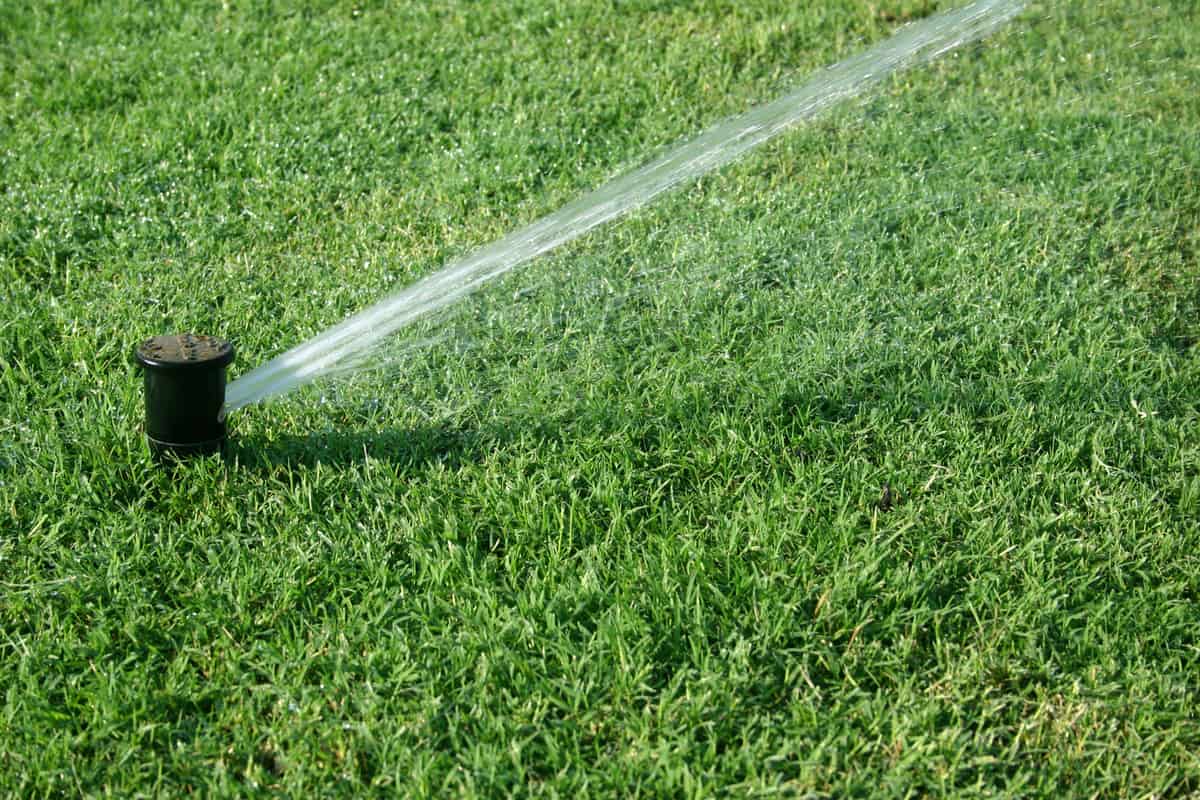
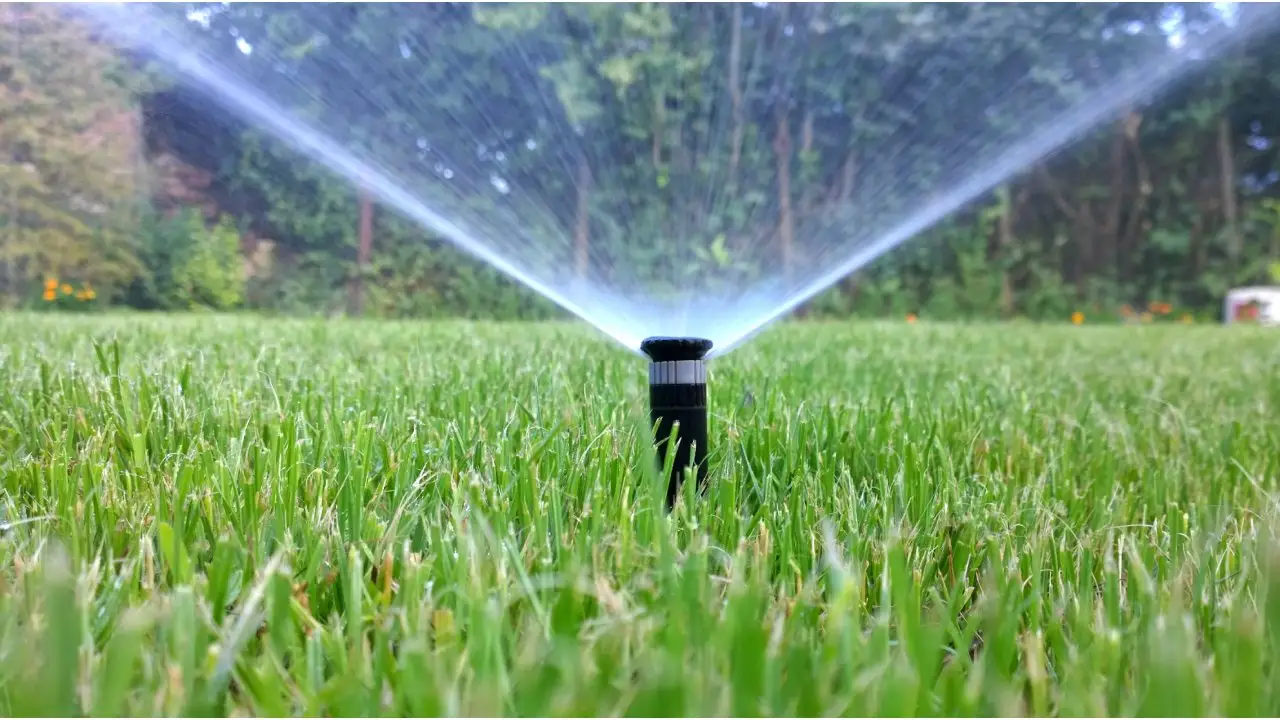
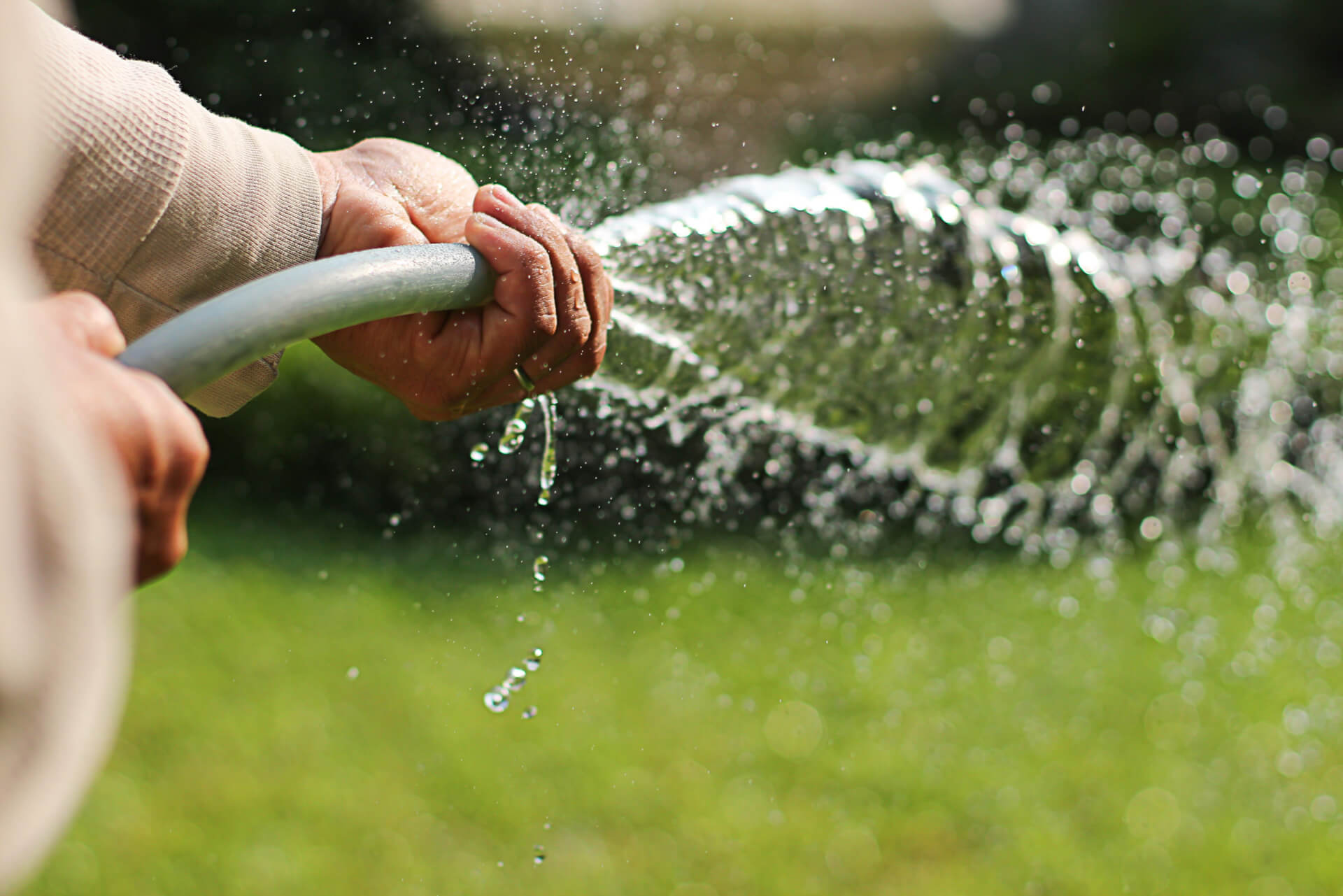
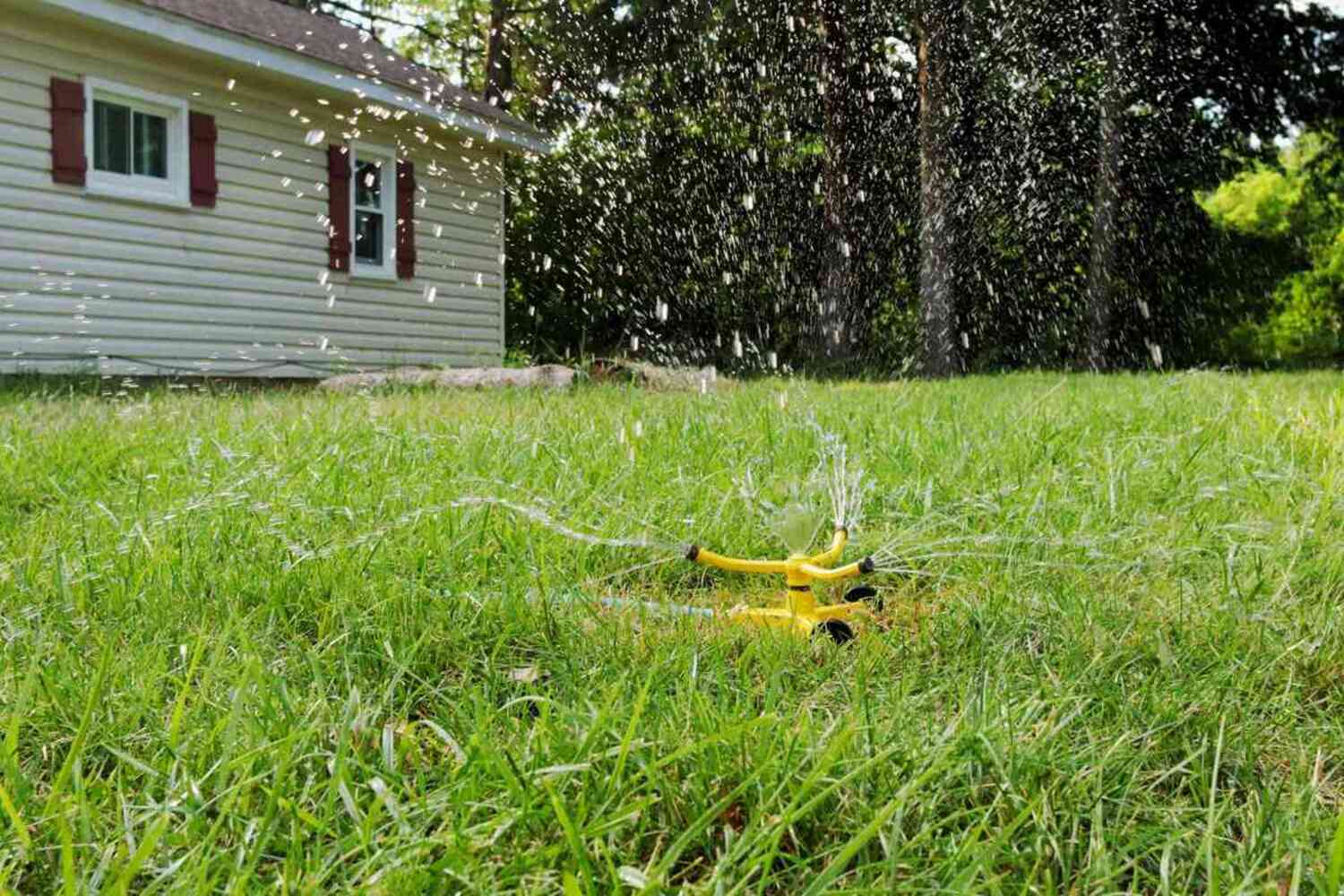
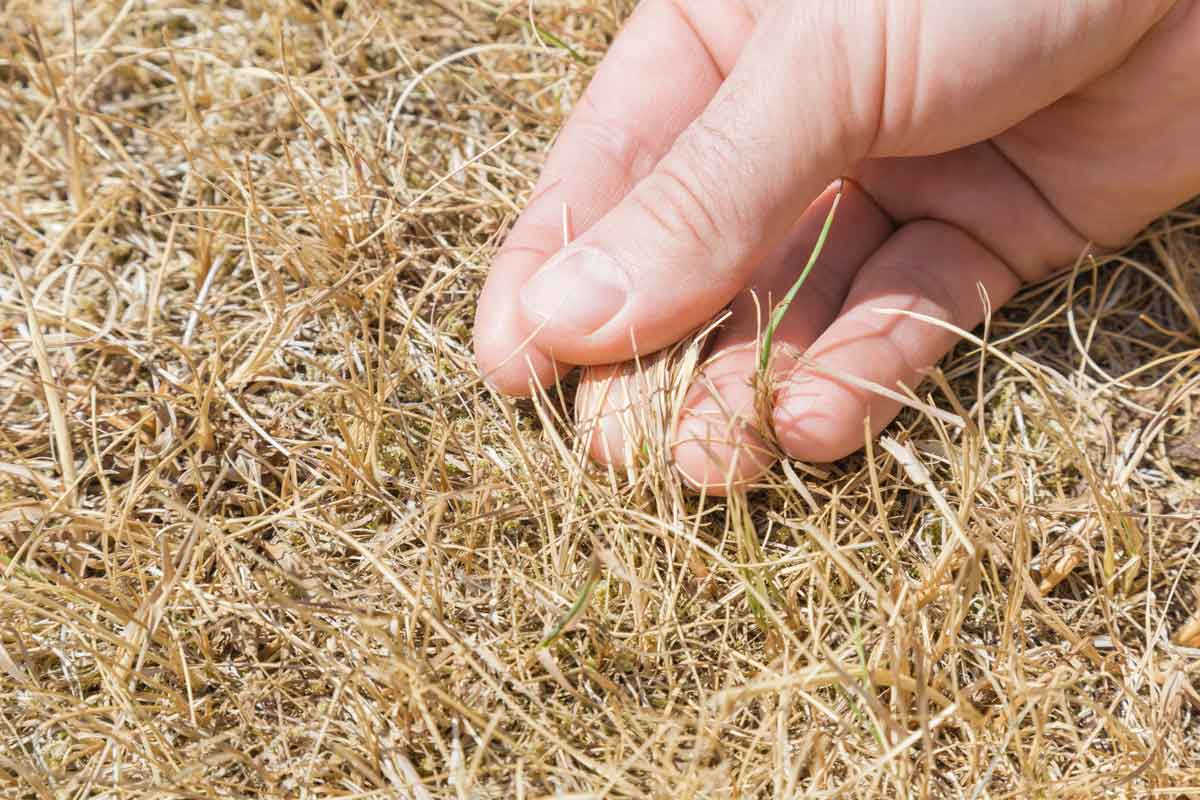
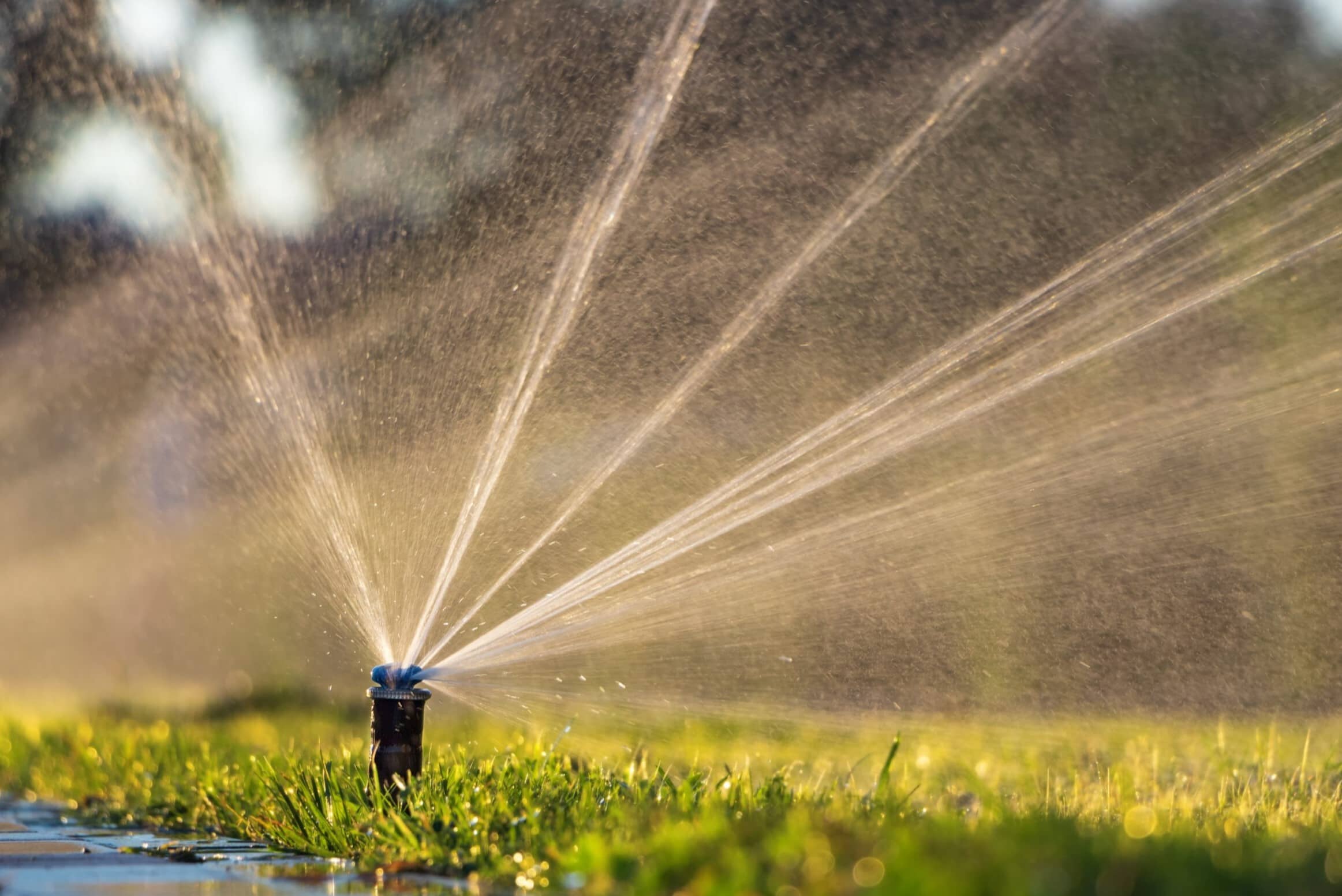
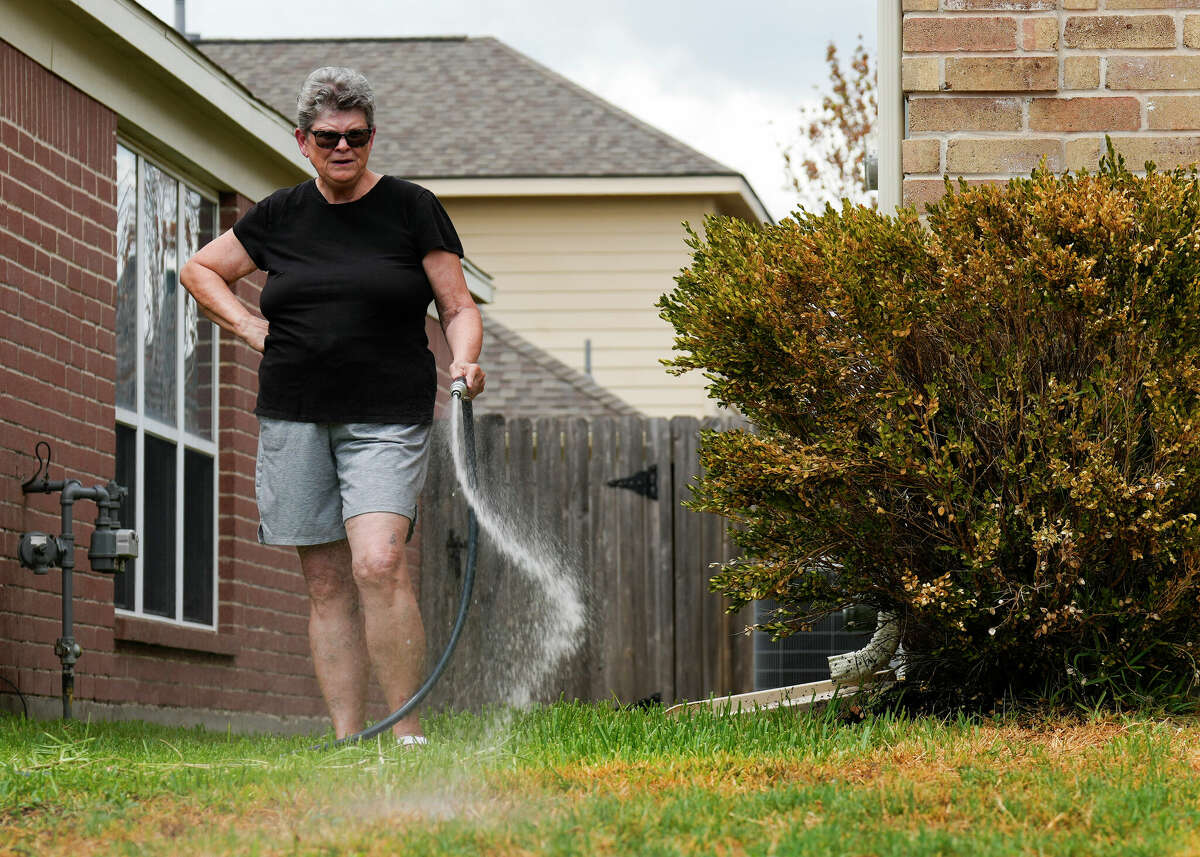
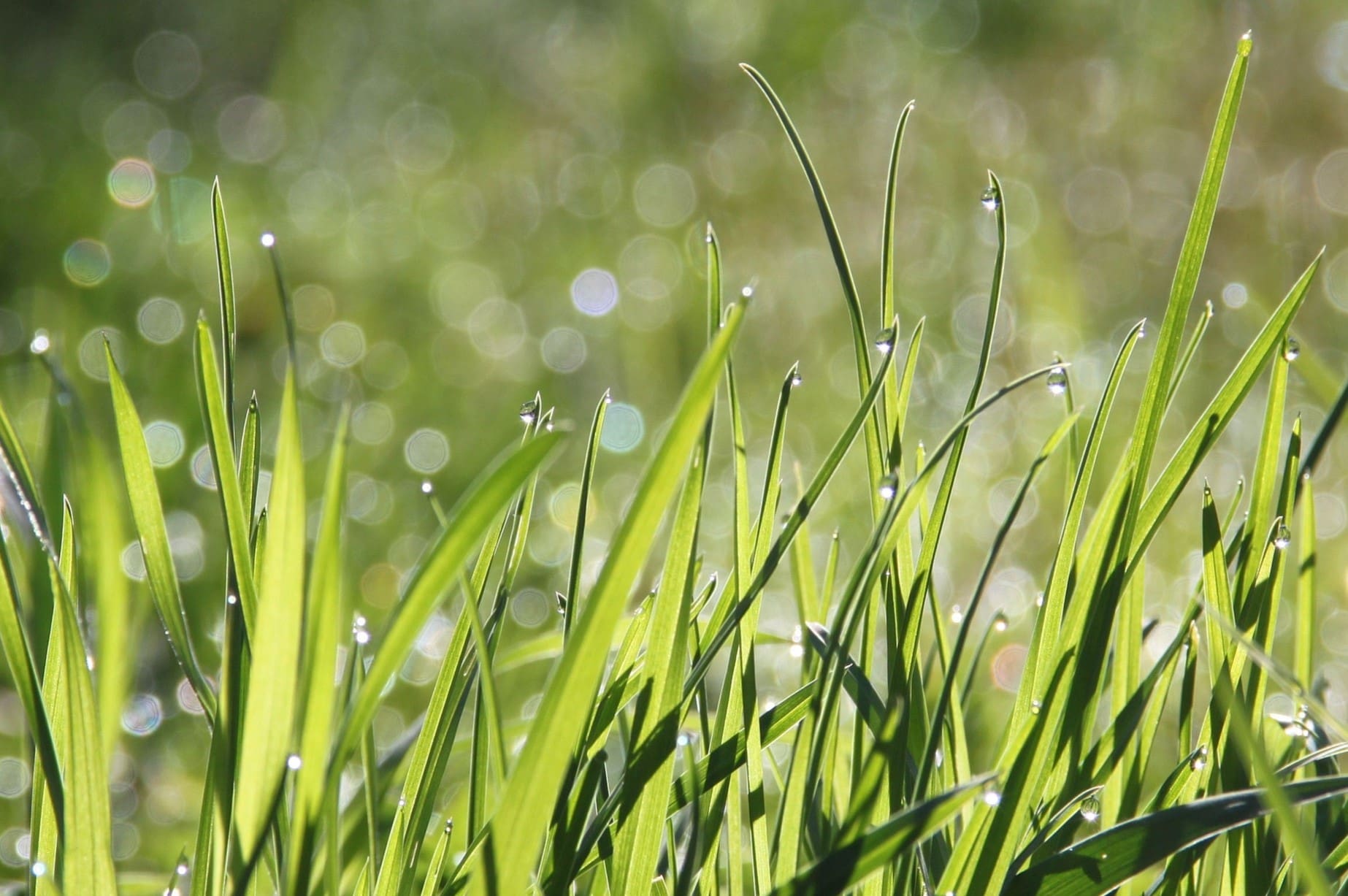
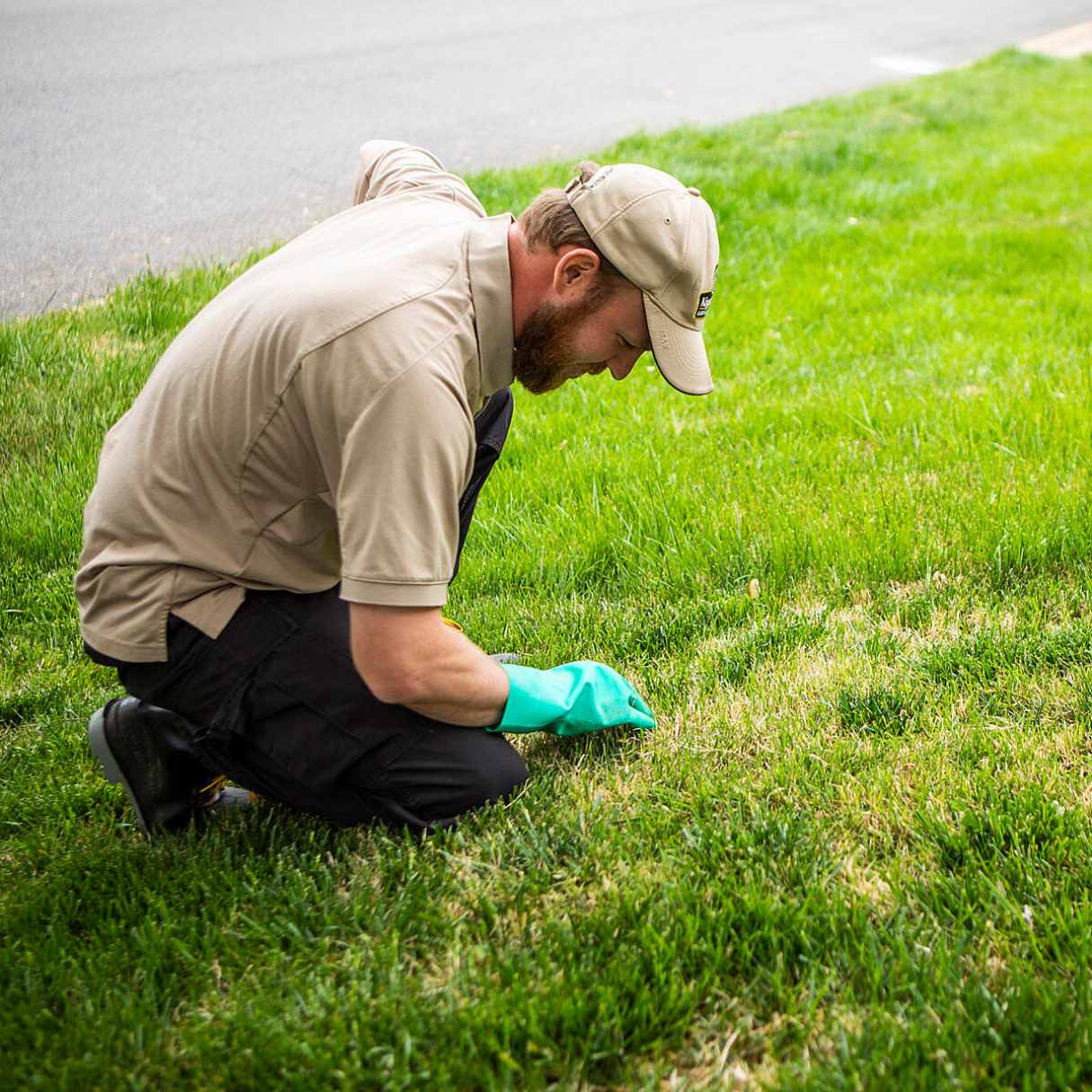
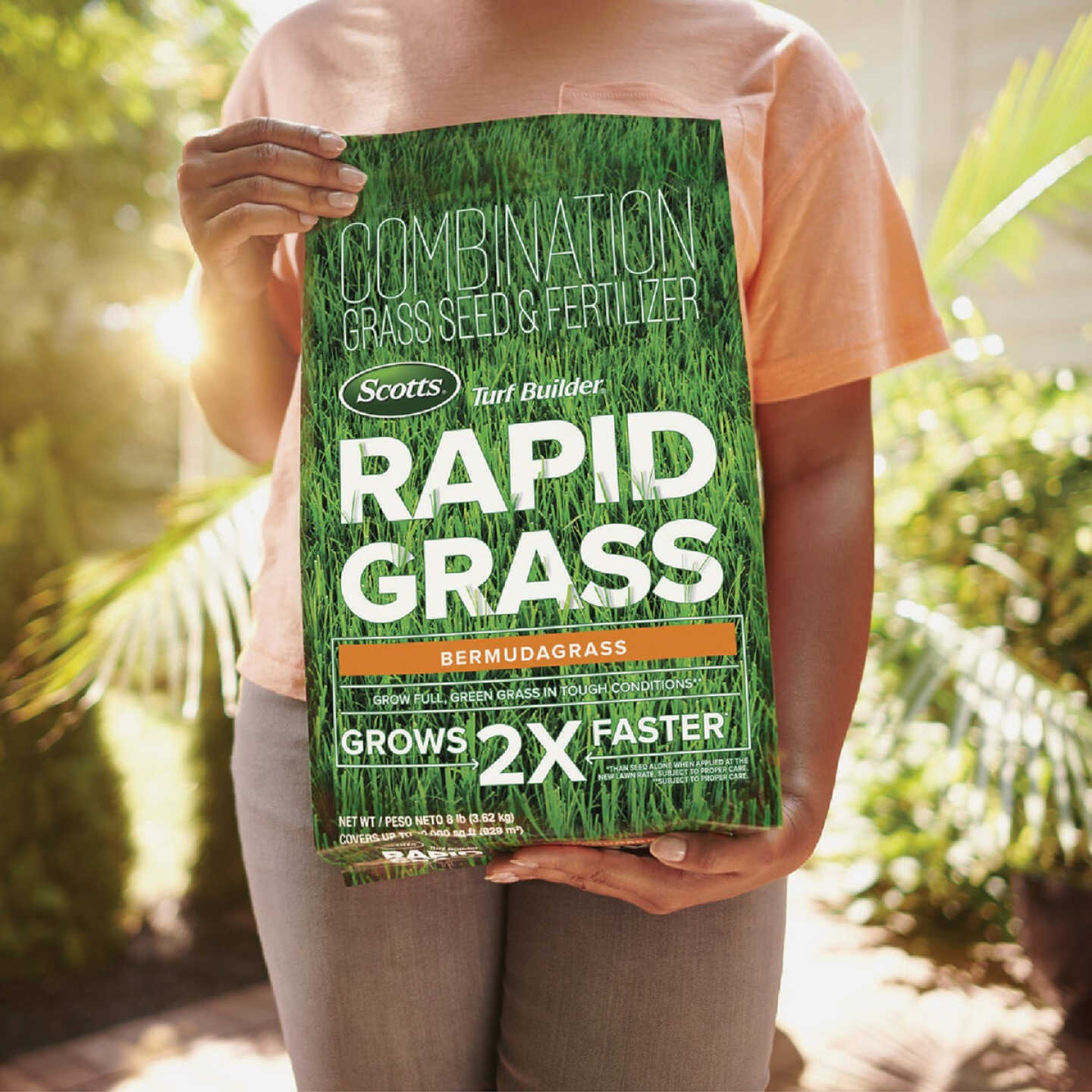
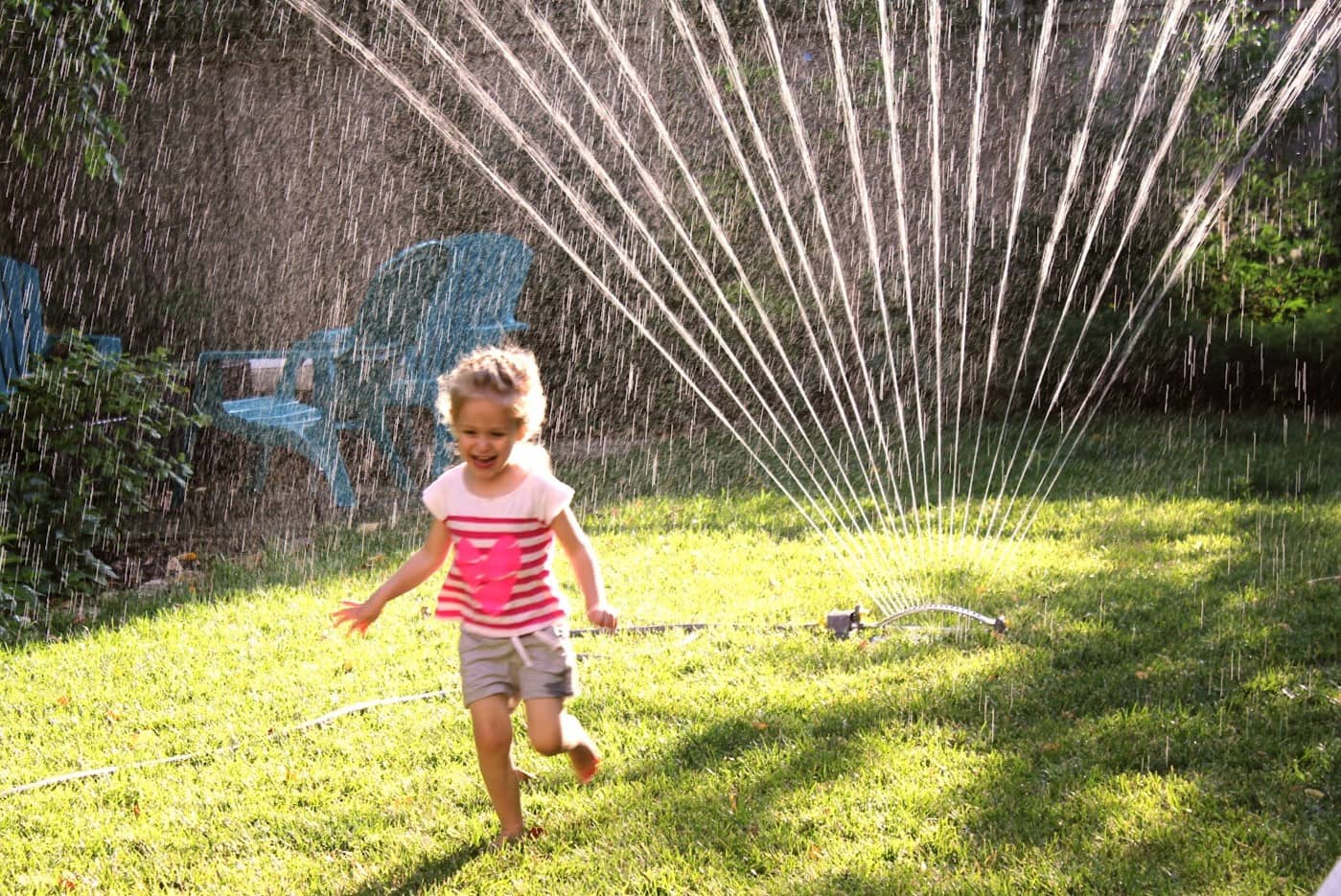
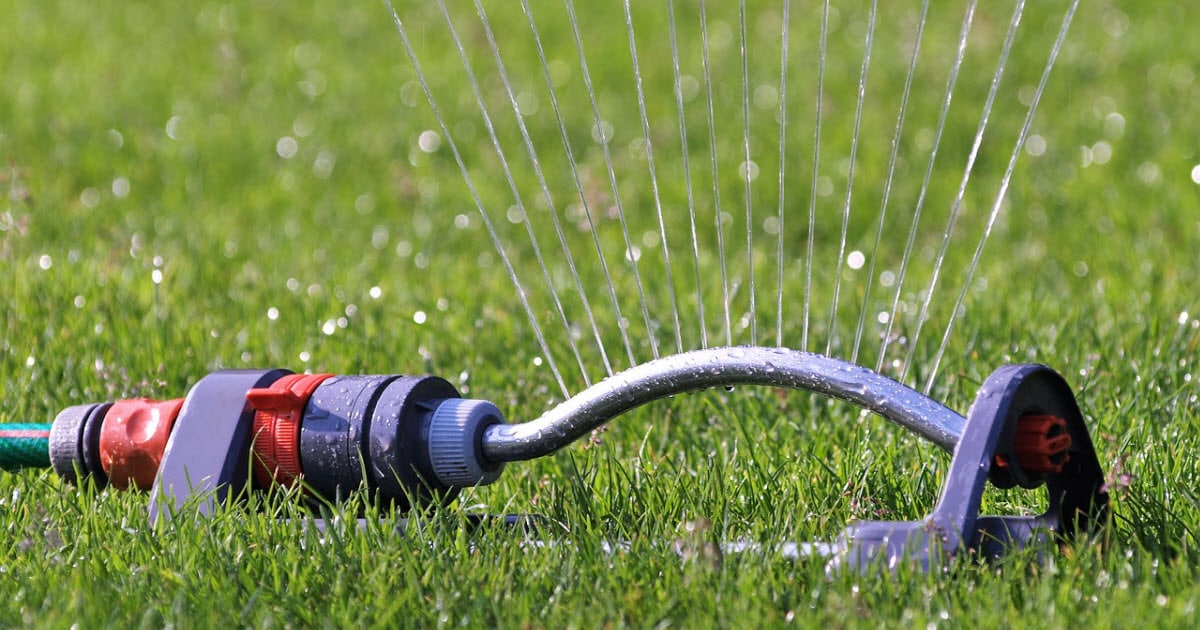
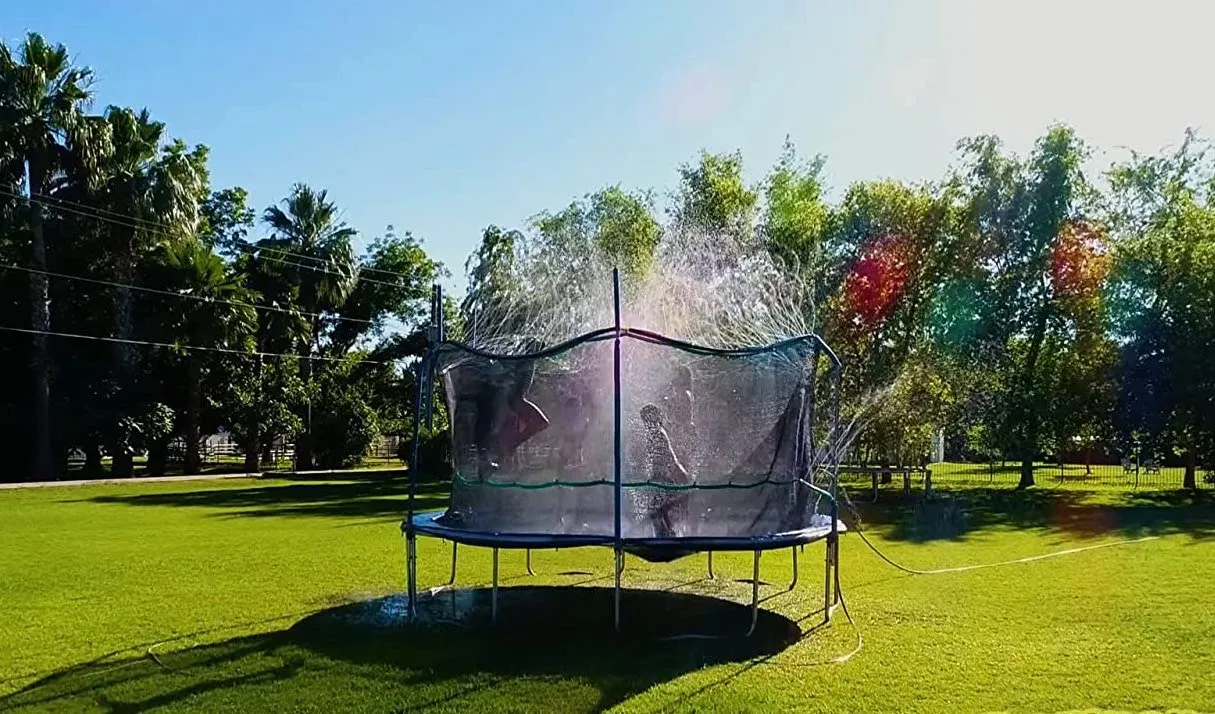

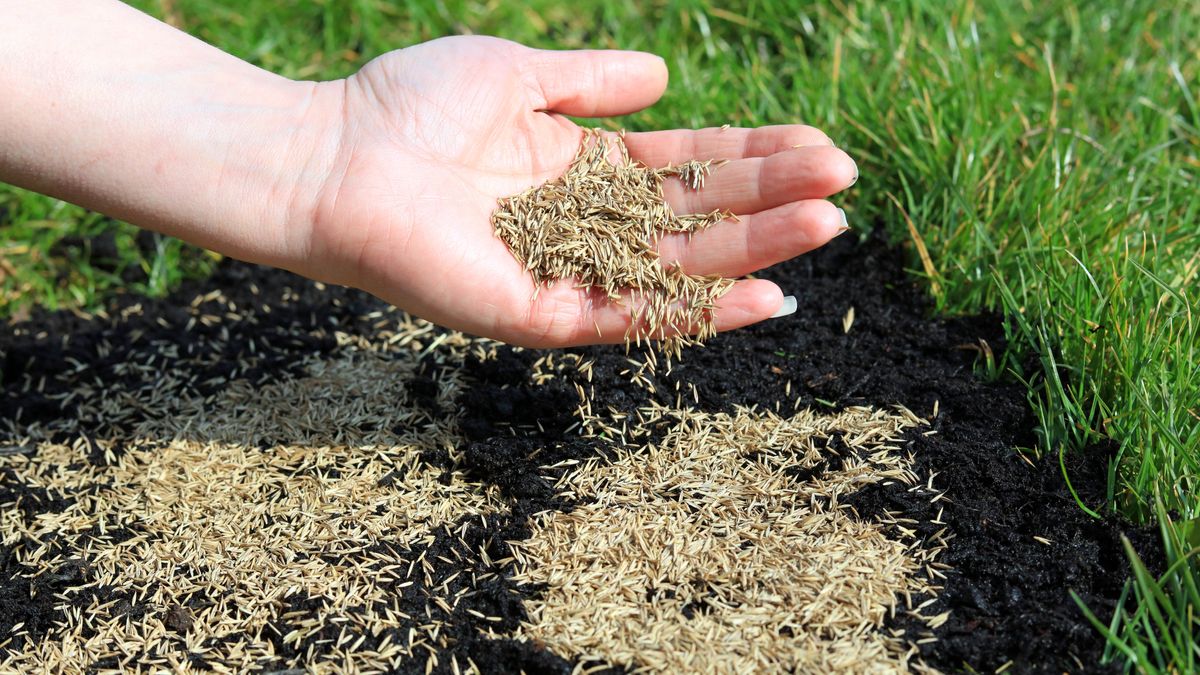

0 thoughts on “How Long To Water Grass With A Sprinkler”